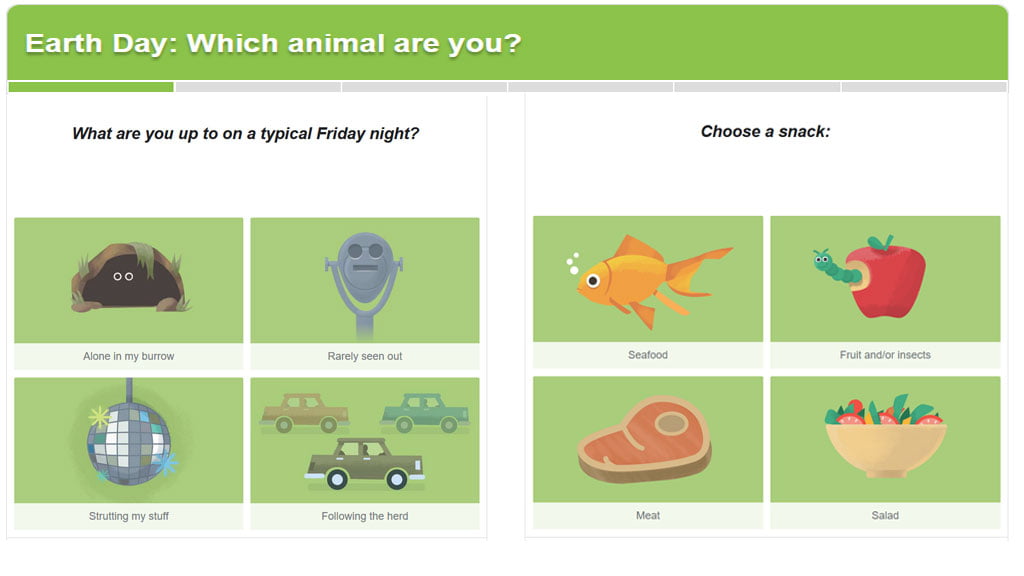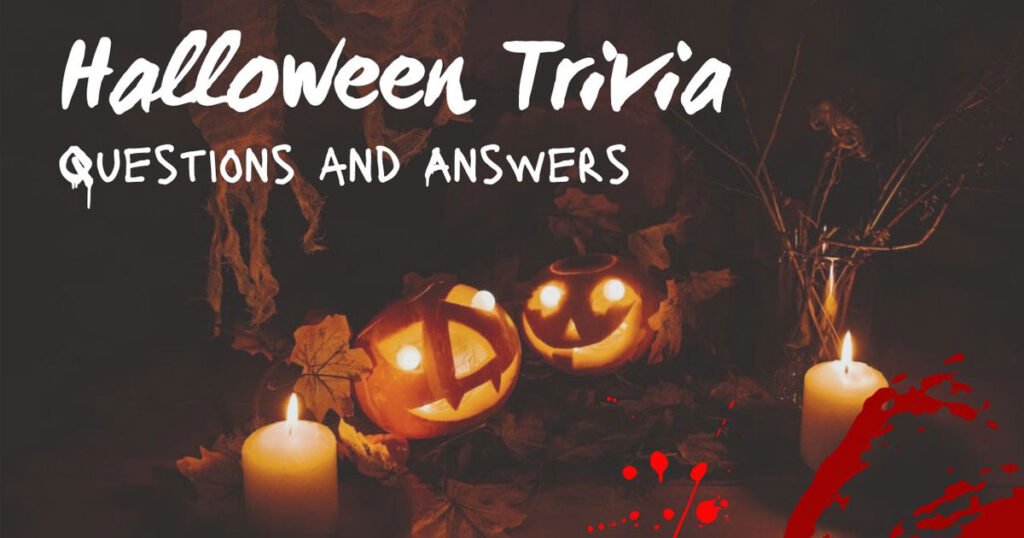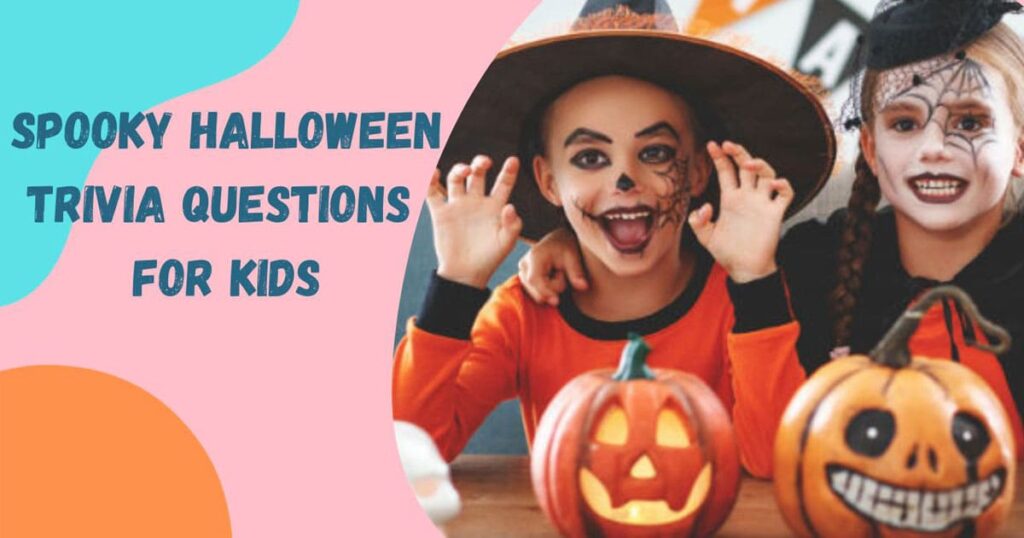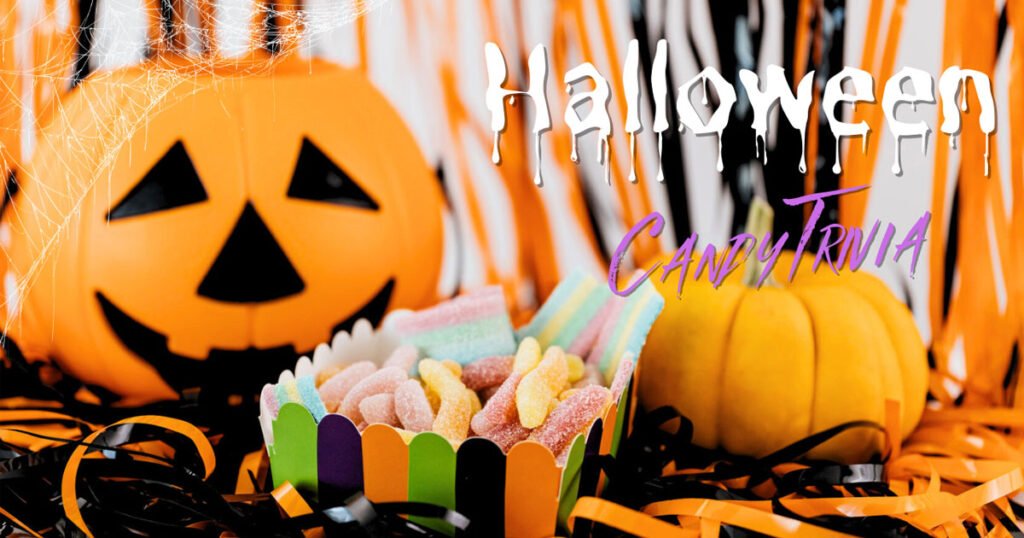Teaching trivia is an effective strategy used by educators to spark curiosity and reinforce learning in a fun and engaging way. These questions, often presented in a quiz or game-show format, cover a broad spectrum of topics, including math, science, literature, history, and even general knowledge. When used correctly, trivia enhances retention, supports classroom participation, and builds a positive learning environment.
Benefits of Using Trivia in Teaching
Using trivia in educational settings provides numerous advantages:
- Engagement: Students are more likely to participate when the activity is fun.
- Retention: Repetition through games improves memory.
- Assessment: Teachers can informally assess knowledge.
- Teamwork: Encourages collaboration and healthy competition.
These benefits make trivia a versatile and effective teaching tool in both traditional and digital classrooms.
101 Best Teaching Trivia Questions And Answers
Here’s a list of 101 Teaching Trivia Questions and Answers include subjects like Math, Science, History, Geography, Literature, Technology, Art, Physical Education, Classroom Management, and General Teaching Knowledge.
Mathematics
Q: What is the value of π (pi) rounded to two decimal places?
A: 3.14
Q: What is the square root of 144?
A: 12
Q: What is 25% of 200?
A: 50
Q: What is the formula to find the area of a triangle?
A: (Base × Height) ÷ 2
Q: What is 7 × 8?
A: 56
Q: What do you call a polygon with 8 sides?
A: Octagon
Q: What is the perimeter of a square with side length 6 cm?
A: 24 cm
Q: What is the result of 3³ (3 to the power of 3)?
A: 27
Q: What is the next prime number after 11?
A: 13
Q: What is the value of x in the equation 2x + 3 = 11?
A: 4
Science
Q: What planet is known as the Red Planet?
A: Mars
Q: What gas do plants absorb from the atmosphere?
A: Carbon dioxide
Q: What part of the plant conducts photosynthesis?
A: Leaves
Q: What is the chemical symbol for water?
A: H₂O
Q: How many bones are there in the adult human body?
A: 206
Q: What organ is responsible for pumping blood through the body?
A: Heart
Q: What force pulls objects toward the Earth?
A: Gravity
Q: What is the boiling point of water in Celsius?
A: 100°C
Q: Which organ helps humans breathe?
A: Lungs
Q: What is the center of an atom called?
A: Nucleus
History
Q: Who was the first President of the United States?
A: George Washington
Q: In which year did World War II end?
A: 1945
Q: What ancient civilization built the pyramids?
A: Egyptians
Q: Who discovered America in 1492?
A: Christopher Columbus
Q: What was the name of the ship that brought the Pilgrims to America?
A: Mayflower
Q: Who wrote the Declaration of Independence?
A: Thomas Jefferson
Q: What wall divided Berlin from 1961 to 1989?
A: The Berlin Wall
Q: Who was the civil rights leader famous for his “I Have a Dream” speech?
A: Martin Luther King Jr.
Q: What empire was ruled by Julius Caesar?
A: Roman Empire
Q: Who was the British Prime Minister during WWII?
A: Winston Churchill
Geography
Q: What is the capital of France?
A: Paris
Q: Which continent is the largest by land area?
A: Asia
Q: What is the longest river in the world?
A: Nile River
Q: Mount Everest is located in which mountain range?
A: Himalayas
Q: What is the smallest country in the world?
A: Vatican City
Q: Which country is known as the Land of the Rising Sun?
A: Japan
Q: What ocean is on the east coast of the United States?
A: Atlantic Ocean
Q: In which country would you find the Great Barrier Reef?
A: Australia
Q: What is the capital of Canada?
A: Ottawa
Q: Which two countries share the longest international border?
A: United States and Canada
Literature
Q: Who wrote “Romeo and Juliet”?
A: William Shakespeare
Q: What is the name of the wizarding school in the Harry Potter series?
A: Hogwarts
Q: Who wrote “Charlotte’s Web”?
A: E.B. White
Q: What is the name of the lion in “The Chronicles of Narnia”?
A: Aslan
Q: Who wrote “To Kill a Mockingbird”?
A: Harper Lee
Q: What type of creature is Smaug in “The Hobbit”?
A: Dragon
Q: What is the name of Sherlock Holmes’ assistant?
A: Dr. Watson
Q: In which book would you find the character Atticus Finch?
A: To Kill a Mockingbird
Q: Who wrote “Pride and Prejudice”?
A: Jane Austen
Q: What kind of animal is Winnie-the-Pooh?
A: Bear
Technology
Q: What does “HTML” stand for?
A: HyperText Markup Language
Q: What device is used to input text into a computer?
A: Keyboard
Q: What does “Wi-Fi” allow you to do?
A: Connect to the internet wirelessly
Q: Who is known as the founder of Microsoft?
A: Bill Gates
Q: What does “URL” stand for?
A: Uniform Resource Locator
Q: What is the name of Apple’s virtual assistant?
A: Siri
Q: What is the shortcut to copy on most keyboards?
A: Ctrl + C
Q: Which social media platform is known for 280-character messages?
A: Twitter (now X)
Q: What is the full form of AI?
A: Artificial Intelligence
Q: What company developed the Android operating system?
A: Google
Art
Q: Who painted the “Mona Lisa”?
A: Leonardo da Vinci
Q: What do you call a person who sculpts?
A: Sculptor
Q: What are the primary colors?
A: Red, Blue, Yellow
Q: Who painted the “Starry Night”?
A: Vincent van Gogh
Q: What type of paint is water-based and dries quickly?
A: Acrylic
Q: What is a self-portrait?
A: A picture of oneself drawn or painted by the artist
Q: What is the art of folding paper into shapes called?
A: Origami
Q: What instrument is commonly used for sketching?
A: Pencil
Q: What museum houses the “Mona Lisa”?
A: The Louvre
Q: What is the term for a painting of a person?
A: Portrait
Physical Education
Q: How many players are on a soccer team on the field at once?
A: 11
Q: What sport uses a bat, ball, and bases?
A: Baseball
Q: What Olympic sport involves a balance beam?
A: Gymnastics
Q: How many rings are there in the Olympic symbol?
A: 5
Q: What is the main objective in basketball?
A: To shoot the ball into the hoop
Q: What color card means a player must leave the field in soccer?
A: Red card
Q: What sport involves swimming, cycling, and running?
A: Triathlon
Q: What is the name of the area where boxing matches take place?
A: Ring
Q: What sport uses a shuttlecock?
A: Badminton
Q: What is the term for running over a long distance without stopping?
A: Endurance running
Classroom Management
Q: What is a common strategy to get students’ attention quickly?
A: Use a call and response (e.g., “1-2-3, eyes on me”)
Q: What does a reward system encourage in students?
A: Positive behavior
Q: Why is it important to establish rules on the first day?
A: To set clear expectations
Q: What should a teacher do when a student is off-task?
A: Redirect their attention respectfully
Q: What is one way to prevent classroom disruptions?
A: Create engaging lesson plans
Q: What is the purpose of a seating chart?
A: To manage classroom behavior and facilitate learning
Q: What does SEL stand for in education?
A: Social and Emotional Learning
Q: What is a behavior contract?
A: An agreement outlining expectations and consequences
Q: Why are transitions important in the classroom?
A: They help maintain order and focus
Q: What tool can be used to monitor noise levels?
A: A noise meter or visual signal
General Teaching Knowledge
Q: What is the main goal of formative assessment?
A: To guide instruction and provide feedback
Q: What does IEP stand for?
A: Individualized Education Program
Q: What is Bloom’s Taxonomy used for?
A: Classifying levels of learning objectives
Q: What is the primary role of a teacher?
A: To facilitate student learning
Q: What does STEM stand for?
A: Science, Technology, Engineering, and Mathematics
Q: What is differentiated instruction?
A: Tailoring teaching to meet individual needs
Q: What does ESL stand for?
A: English as a Second Language
Q: What is a rubric used for?
A: Assessing student work with clear criteria
Q: What is an anchor chart?
A: A visual tool that supports instruction
Q: What is the flipped classroom model?
A: A teaching method where students learn new content at home and practice in class.
Q: What is the term for words that sound alike but have different meanings?
A: Homophones
How to Use Trivia Questions in the Classroom
Implementing trivia in the classroom can be simple and effective. Here are some methods:
- Warm-Up Activity: Start the class with a few trivia questions related to the day’s topic.
- Review Sessions: Use trivia for exam prep or to review a unit.
- Group Competition: Divide the class into teams and keep scores.
- Interactive Quizzes: Use tools like Kahoot!, Quizizz, or Google Forms.
These methods cater to different teaching styles and learning environments.
Tips for Creating Effective Teaching Trivia
To create trivia that is educational and engaging, keep the following tips in mind:
- Keep questions clear and concise.
- Ensure answers are factually correct and age-appropriate.
- Align questions with learning objectives.
- Mix question types (multiple choice, true/false, fill-in-the-blank).
- Include fun facts to spark curiosity.
Following these practices ensures that trivia contributes positively to the learning experience.
Trivia in Digital Learning Environments
In today’s tech-driven classrooms, trivia fits naturally into digital learning. Many platforms offer interactive quizzes and real-time feedback. Some popular ones include:
| Platform | Description |
|---|---|
| Kahoot! | Real-time game-based learning |
| Quizizz | Self-paced quiz competition |
| Google Forms | Customizable quizzes with auto-grading |
| Socrative | Real-time assessment and feedback |
Digital trivia boosts participation and helps teachers track student progress efficiently.
Trivia for Different Grade Levels
Trivia can be tailored by grade:
- Elementary: Simple math facts, colors, animals, basic science.
- Middle School: U.S. history, fractions, ecosystems.
- High School: Algebra, global history, chemistry, literature.
Customizing the difficulty ensures that all students benefit without being overwhelmed.
Creating a Trivia-Based Curriculum Activity
Teachers can design full lessons based on trivia. Here’s a simple framework:
- Objective: Define learning goals.
- Trivia Design: Choose topics and write questions.
- Game Setup: Decide the format (individual, team, digital).
- Scoring Rules: Reward participation and correct answers.
- Debriefing: Discuss answers to reinforce learning.
This structure ensures that trivia supports lesson objectives and adds value.
Making Trivia Inclusive and Accessible
Inclusivity is key to effective teaching. Make sure your trivia:
- Uses simple language.
- Avoids culturally biased content.
- Includes diverse topics.
- Offers visual aids for learners with different needs.
Creating an inclusive trivia environment helps every student feel involved.
Fun Facts to Use in Trivia Questions
Adding fun facts keeps students interested:
- Bananas are berries, but strawberries aren’t.
- Octopuses have three hearts.
- Honey never spoils.
- There are more stars in the universe than grains of sand on Earth.
- The Eiffel Tower can grow taller in the summer.
Facts like these make trivia fun and memorable.
FAQs About
Q1: What subjects are best for teaching trivia?
A: Math, science, geography, history, and language arts are commonly used subjects.
Q2: Can trivia be used in virtual classrooms?
A: Yes, tools like Kahoot! and Quizizz are perfect for online learning environments.
Q3: How often should teachers use trivia?
A: Weekly or biweekly trivia sessions are effective without overwhelming students.
Q4: Is trivia suitable for young children?
A: Yes, as long as questions are age-appropriate and engaging.
Q5: How do I know if trivia helps my students learn?
A: Monitor performance, participation, and feedback over time.
Q6: Should I include rewards for correct answers?
A: Small incentives can motivate students but should not cause stress.
Q7: What’s the best way to write a trivia question?
A: Keep it clear, focused on one idea, and aligned with your learning goal.
Q8: How can I prevent students from cheating during digital trivia?
A: Use timers, randomize questions, and emphasize honesty.
Q9: Can trivia be used for homework?
A: Yes, especially when using platforms that track responses.
Q10: Is it okay to reuse trivia questions?
A: Occasionally, yes, but refreshing your question bank keeps things exciting.
Conclusion
Teaching trivia questions and answers offer a powerful, flexible way to enhance student learning. They encourage participation, improve retention, and foster a fun classroom environment. Whether you’re teaching math to third graders or history to high school students, trivia is a tool worth incorporating into your educational strategy.
By making trivia inclusive, grade-appropriate, and aligned with your curriculum, you create an environment where learning is enjoyable and effective.



